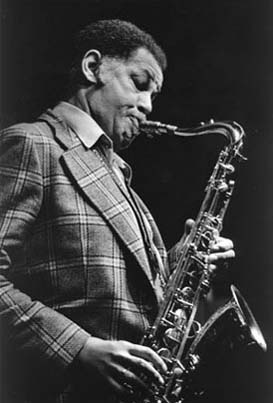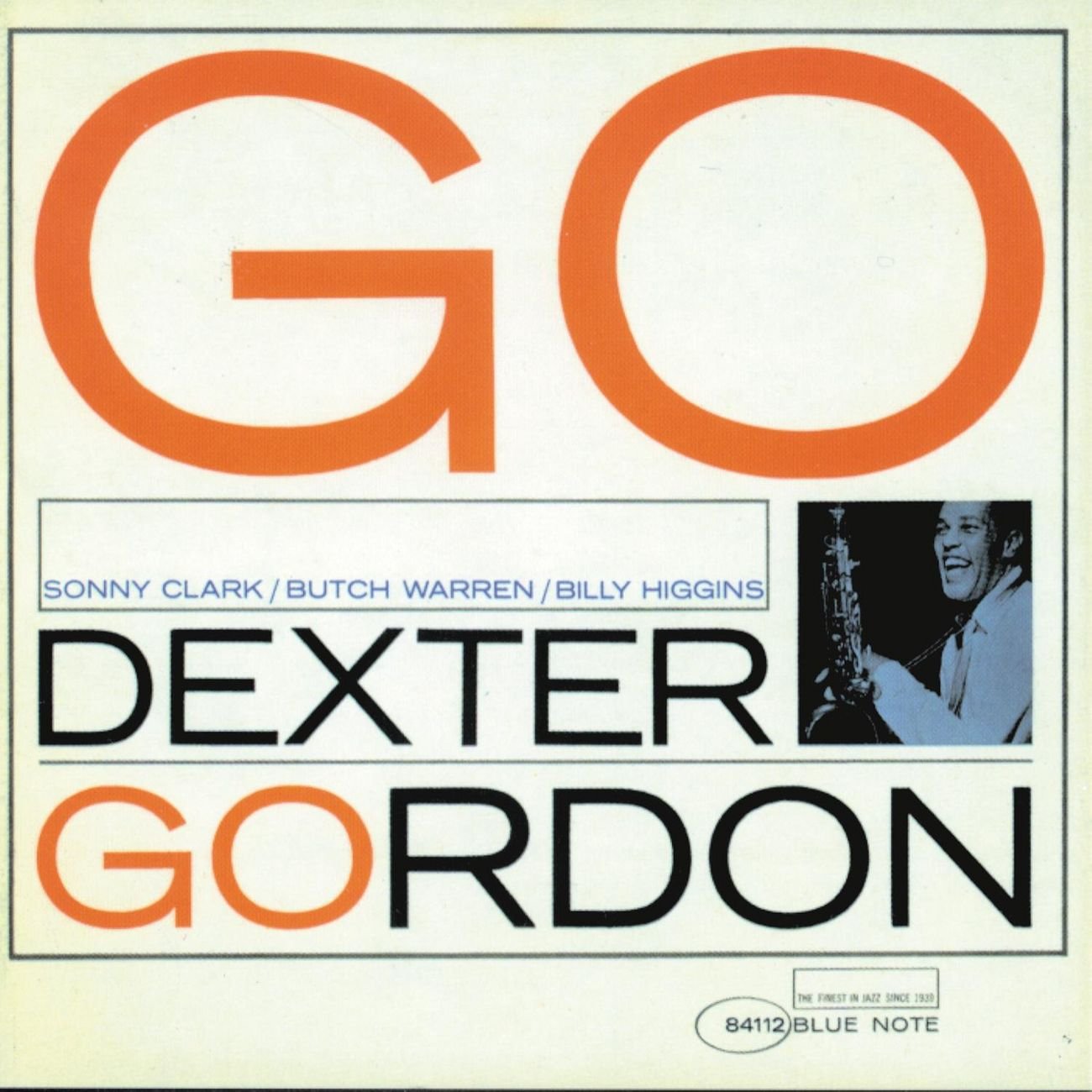Cheese Cake – Dexter Gordon
One of Dexter Gordon's best-known compositions. Our lead sheets are based on the original recording and Dexter's interpretation of his melody. A transcription of Dexter's solo is also available.
- Recording: Dexter Gordon - Go!
- Recorded on: August 27, 1962
- Label: Blue Note (BST 84112)
- Concert Key: C minor
- Vocal Range: , to
- Style: Swing (medium up)
- Tenor Sax - Dexter Gordon
- Piano - Sonny Clark
- Bass - Butch Warren
- Drums - Billy Higgins
Purchase Cheese Cake - Dexter Gordon
Purchasing this song through our affiliate links with certain retailers provides jazzleadsheets.com with additional support to help keep us bringing you the best lead sheets available. Thank you!
Video
- Dexter Gordon (ts), Kirk Lightsey (p), David Eubanks (b), Eddie Gladden (d) (Start at 0:34)
- Eric Alexander (ts), Gerald Cannon (b), Jason Brown (d), Steve Einerson (p), Linda's Jazz Nights, 4/4/12
- Peter Bernstein (g), Sullivan Fortner (p), Vicente Archer (b), Joe Farnsworth (d), The Side Door Jazz Club, 12/17/21
- Description
- Historical Notes
- Solos
- Piano Corner
- Bass Corner
- Drum Corner
- Guitar Corner
- Inside & Beyond
- Minus You
Our lead sheet is based on the original recording. All lead sheets include the tag ending; the C treble and bass clef lead sheets also show the solo bass intro. Sonny Clark's piano fills that echo the first two melody phrases are shown, though not the variation he plays in the second A. We also include several of Dexter's melody variations. For example, he only plays the last note of the triplet pickup into the beginning of the in head; this note is shown alongside the full triplet played on the out head. The 11th measure of the A section is articulated long the first time and short the second time on the in head; we show both phrasings as well as the same two measures later, which Dexter plays long both times in the in head but short in the out head. On some grace notes, we have downward arrows which indicate they are played right on the beat.
The changes in the first eight measures of the A section are usually simplified in the solos; they are basically four measures of C minor and four measures of F minor. This is shown in our transcription of Dexter's solo; click on the Solos tab for more details.
Cheese Cake is the only Dexter Gordon original on "Go!", one of his best-known Blue Note albums. It was followed up by "A Swingin' Affair," recorded two days later with the same lineup. These two were Dexter's last recordings before his move to Europe later in 1962.
In one of the clearest illustrations of the wide range of jazz recorded by engineer Rudy Van Gelder at his studio in Englewood Cliffs, New Jersey, on August 28—the day between the "Go!" and "A Swingin' Affair" sessions—Rudy recorded a session issued as "Dixieland Hits: Country & Western," which is exactly what it sounds like: a veteran all-star lineup of trad jazz musicians playing country-Western songs!
Related Songs
Email Send Cheese Cake to a friend

Dexter Gordon
February 27, 1923 – April 25, 1990
Tenor saxophonist Dexter Gordon was born in Los Angeles, CA. In his last year of high school, he received a call from alto saxophonist Marshall Royal asking him to join the Lionel Hampton big band. This led to Dexter's first recording, with the Hampton band, on December 21, 1941. In 1944, after a few weeks with the Fletcher Henderson Orchestra and working and recording with Louis Armstrong's orchestra, Dexter joined Billy Eckstine and recorded with Eckstine's legendary band of soon-to-be jazz superstars that included Dizzy Gillespie, Sonny Stitt, Gene Ammons, Leo Parker, Art Blakey, Sarah Vaughan, arranger Tadd Dameron and others, on September 5, 1944. Read more...



